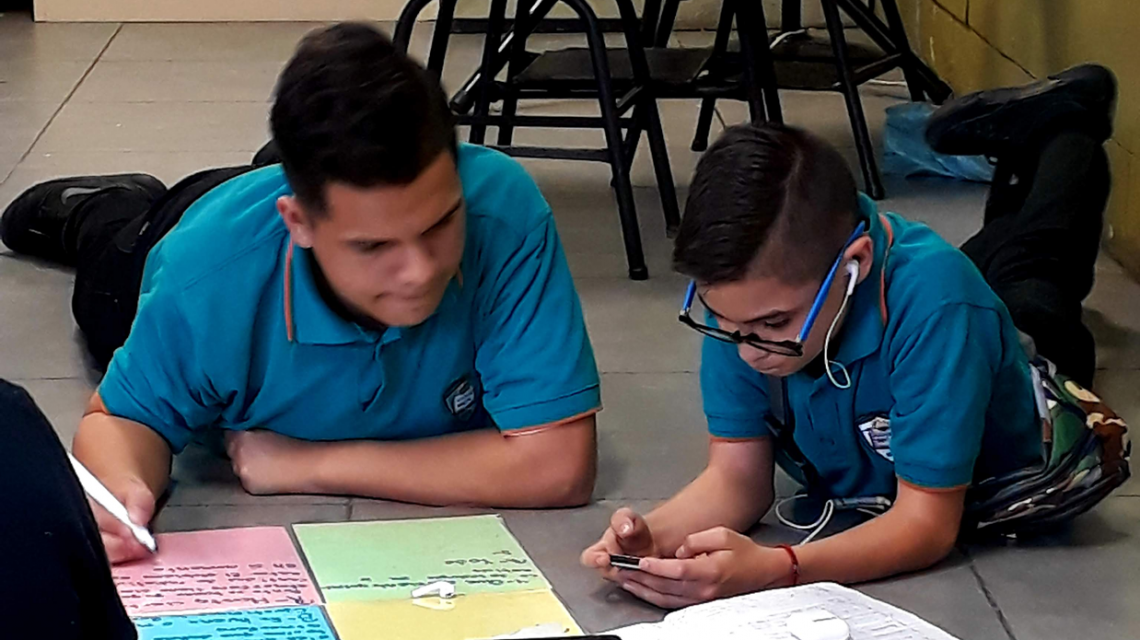A new multimedia educational programme which aims to encourage around 250 000 young students throughout the Latin America and Caribbean region to engage in nuclear and nuclear-related disciplines by 2021 will be introduced to Uruguayan teachers next week, from 10 to 14 February, as part of a national training course organized through a regional technical cooperation (TC) project[1].
‘NUCLEANDO’, initially designed by Argentina’s National Atomic Energy Commission (CNEA) and subsequently developed in the framework of the Latin American Network for Education in Nuclear Technology (LANENT) with IAEA support, aims to encourage professional development in the field of nuclear science and technology and to stimulate contributions to its future application, development and innovation in the region. By training school teachers not only in the introduction of the NUCLEANDO programme into their curriculum, but in the further dissemination of the toolkit, the project capitalizes on the multiplier effect to reach as many students as possible.
“The NUCLEANDO project platform makes available educational content, generated by professionals and specialists in the nuclear sector, which is offered as a package of activities to both primary and secondary school teachers. It includes augmented and virtual reality, as well as interactive simulations,” said Eduardo Genini, a CNEA developer who contributed to the design of NUCLEANDO. “Teachers who receive the training can then select, from this basket of tools, the modules and content which are most appropriate for their class.”







